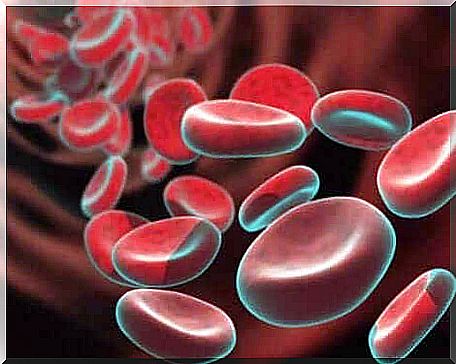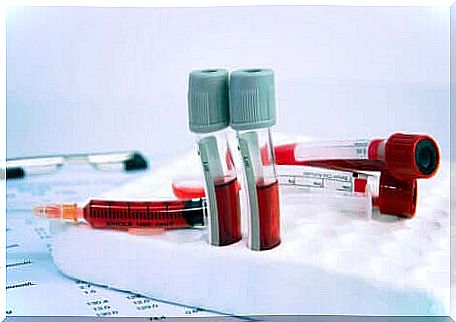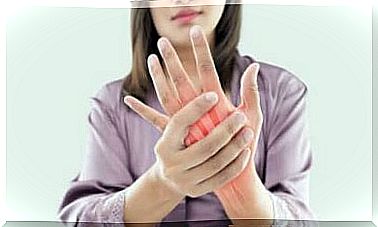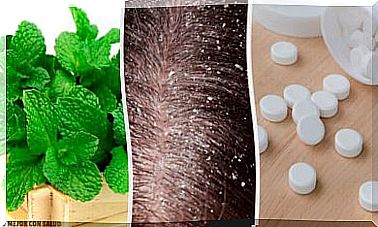How To Identify Anemia?

Especially during pregnancy, it is very important to know where to identify anemia. It is also important for those people who experience fatigue or exhaustion for no apparent reason.
Recognition of anemia begins with the detection of symptoms and continues with complementary methods. The problem, however, lies in the fact that everyone’s body responds to hemoglobin deficiency in its own way.
Indeed, the clinical manifestations of anemia vary between patients. They are often vague and include symptoms that are also compatible with other diseases. Whatever the situation, a health professional must “tie the ends together” to understand the need for relevant research.
In this article, we take a closer look at anemia and where to identify anemia.
What is anemia?
Anemia is a lack of red blood cells and hemoglobin in the blood. Both components of the blood have their own normal values, the maintenance of which is important for the normal functioning of the body.
Red blood cells are blood cells that carry the hemoglobin protein inside. The half-life of these cells is about 3 months, meaning they change in the body every 90 days.
Their function is essential for transporting oxygen to the tissues. In order to fulfill their function, red blood cells contain hemoglobin, a substance rich in iron. Due to its microscopic shape, this protein is able to combine with and transport oxygen. In this way, it is able to distribute oxygen to different tissues and utilize it in its metabolism.
As can be seen from this , both red blood cells and hemoglobin and, indirectly, iron are involved in this process. Thus, anemia can occur in the following three ways:
- Bleeding that reduces the amount of blood circulating in the body.
- Iron deficiency in the diet or impaired intestinal absorption.
- Chronic diseases that affect red blood cell formation and function.

How to identify anemia? Symptoms
The symptoms and signs of anemia are varied and vague, meaning anemia can be difficult to identify. However, being aware of the symptoms can help you decide if you should see a doctor.
Fatigue, exhaustion, and loss of strength are all typical of anemia. As less oxygen circulates in the body, the metabolic activity of the cells decreases and they run out faster. This makes exercise, running and even walking more difficult. Everyday exercise, such as climbing stairs, can become challenging.
In anemia, the airways try to make up for the lack of oxygen by taking more of it from the outside. Because of this, a person can breathe and breathing speeds up.
It is unlikely that anemia would be identified by looking at skin color alone, but this factor may provide some direction. Lack of red blood cells causes pallor as healthy red decreases.
Other signs of anemia include:
- Headache
- Accelerated heart rate
- Dizziness, lightheadedness and fainting
- Cold feet
How to identify anemia: a blood test
If your doctor suspects anemia, he or she may want to determine certain biochemical parameters, the most important of which is hemoglobin. A blood test can determine the level of this protein in the blood.
If the hemoglobin value of a woman is less than 12 or that of a man is less than 13, it is anemia. The doctor should then find out the cause of the anemia and the condition of the red blood cells to determine the signs of the disease. To do this, your doctor will perform a blood smear.

So how do you identify anemia?
The only way to identify anemia is by measuring blood hemoglobin with a blood test. Several symptoms may suggest anemia, but the diagnosis is based on more than just a symptom picture.
If you suspect anemia due to fatigue or pallor, headache or cold limbs, see a doctor. After telling your symptoms to your doctor, this will send you to the appropriate examinations.
All forms of anemia can be treated, either with iron or by treating the underlying cause of the bleeding. So if you suspect anemia, do not delay going to the doctor.









